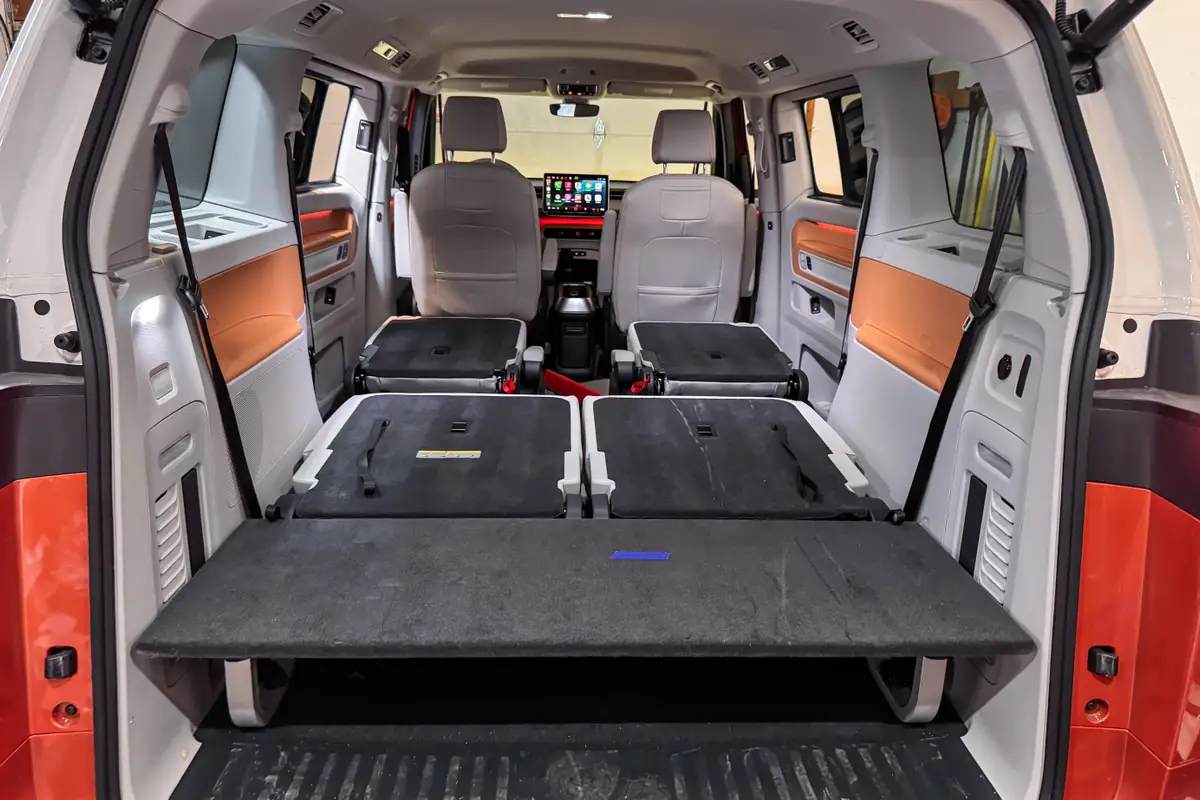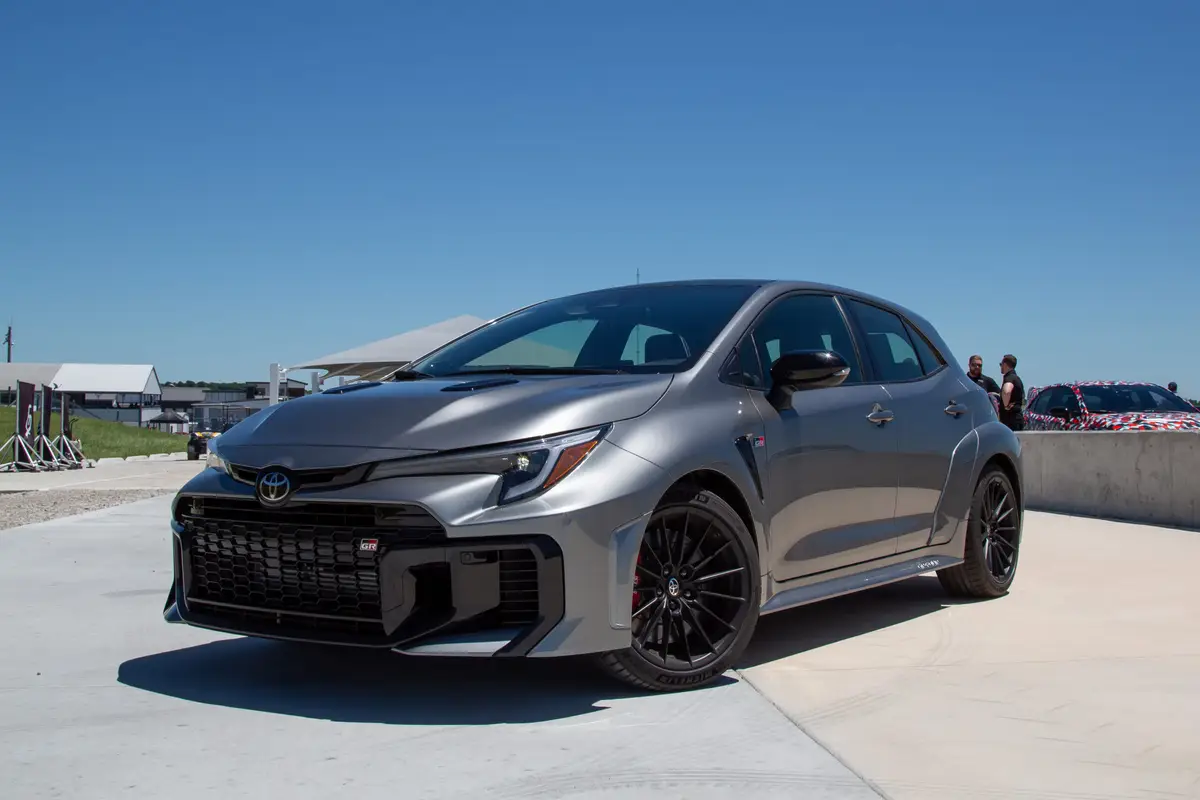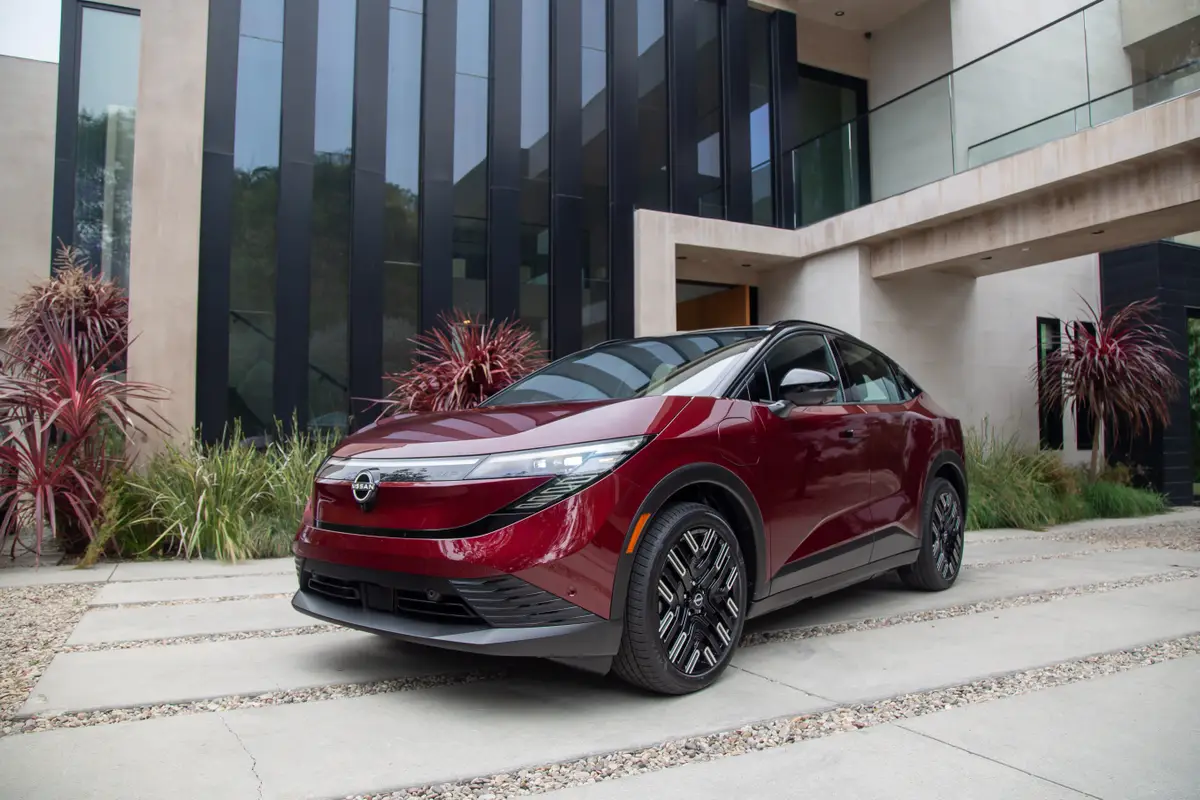Auto Show Face-Off: 2020 Nissan Sentra Vs. 2020 Toyota Corolla

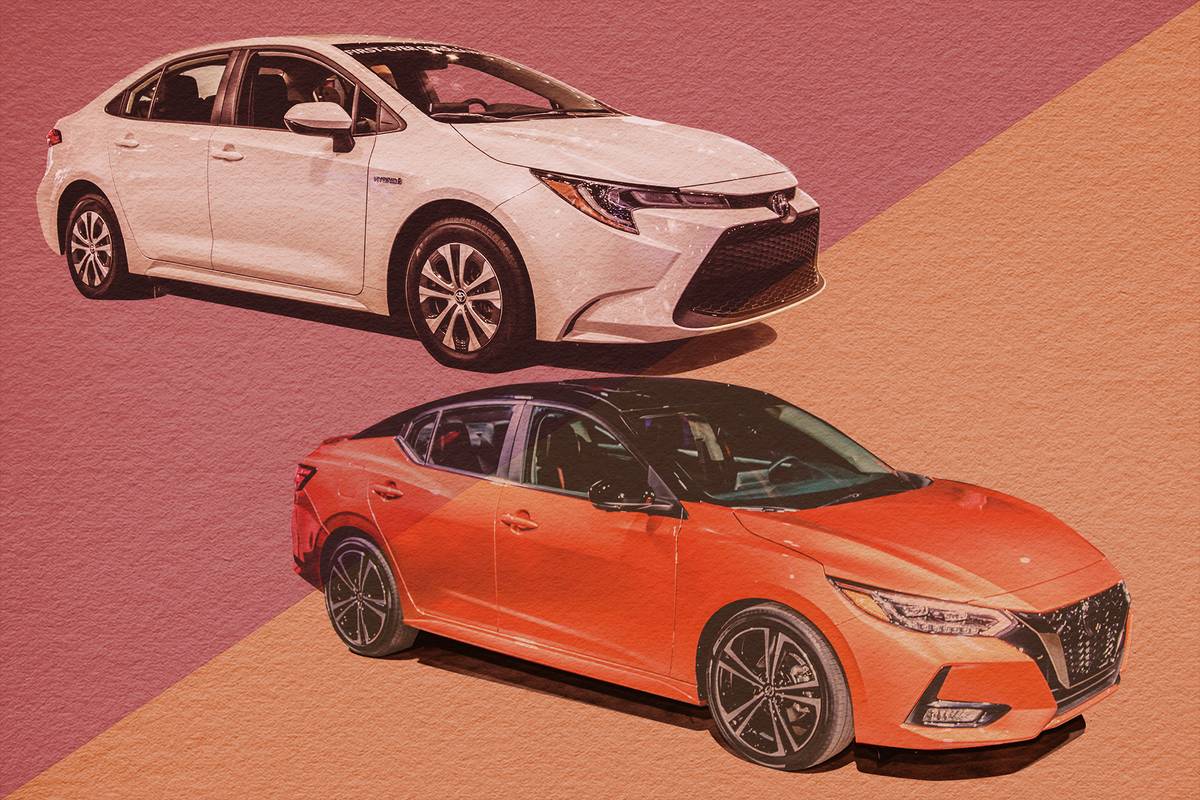
There’s no question SUVs and trucks are the vehicles of choice for many shoppers these days, but sedans aren’t dead. Far from it. While it’s true some brands have stopped building small cars for U.S. shoppers, like Chevrolet with its Cruze and Ford with the Focus, other brands are still full-speed ahead on the class.
Related: More 2019 L.A. Auto Show Coverage
Nissan is one of them. At the 2019 Los Angeles Auto Show, Nissan debuted an all-new version of its best-selling car of all-time in the U.S., the Sentra. With clean lines, a tech-focused interior and lots of standard active-safety features, there’s a lot it gets right.
The Toyota Corolla compact sedan recently underwent a transformation, too. The redesigned 2020 version, which debuted about a year ago, moved to an all-new platform and got all-new styling inside and out. Toyota’s small sedan has long been a popular model, and the changes for 2020 improved it considerably.
With both cars on the auto show floor in L.A., it seemed like as good a time as any to see how they compare in a few key areas — screen tech, cabin storage, backseat comfort and active-safety features — before we get our first opportunity to drive the new Sentra. Here’s how they stack up.
Screen Tech: Tie
Both the Sentra and Corolla have standard 7-inch touchscreen multimedia systems with larger 8-inch screens that sit atop the cars’ dashboards, tablet-style, available as an option. However, each car handles smartphone connectivity a bit differently.
To get Apple CarPlay and Android Auto connectivity in the Sentra, you must step up to the mid-level SV trim, which also includes the larger 8-inch screen. The Corolla, meanwhile, gives more to Apple users with standard CarPlay, but leaves Android owners behind because Android Auto isn’t offered.
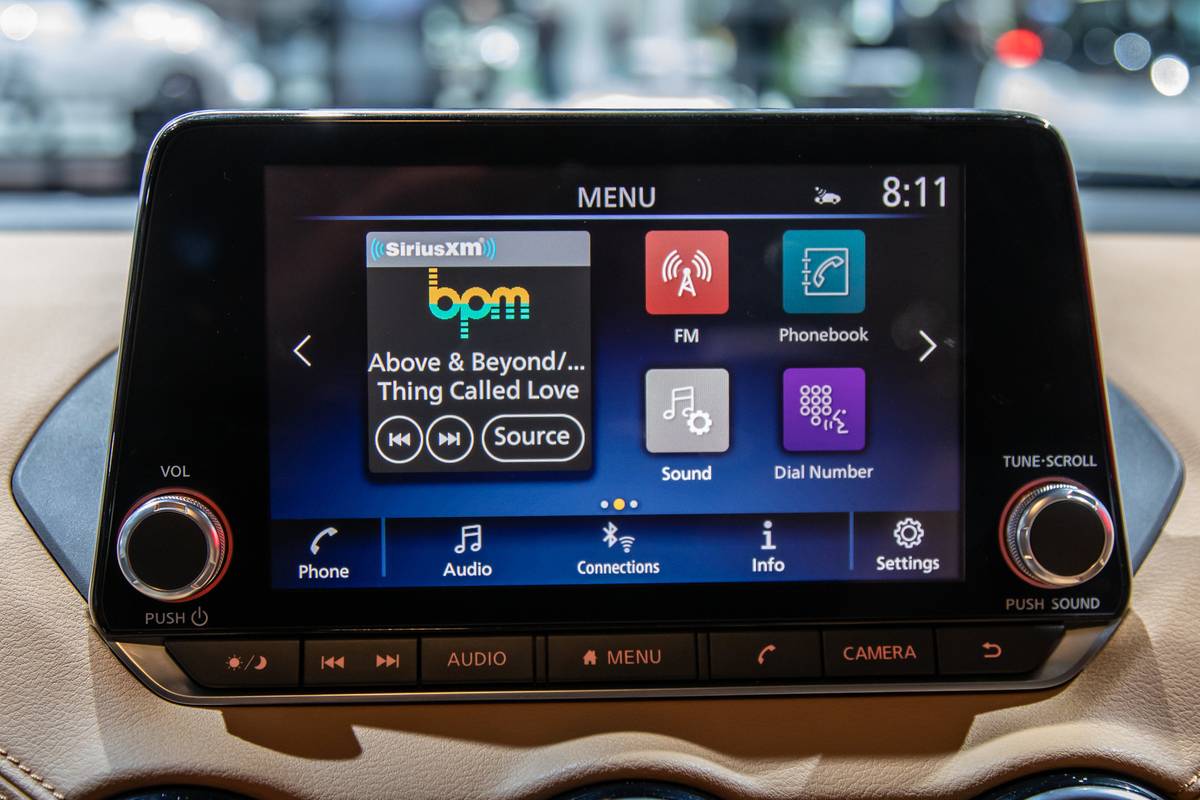
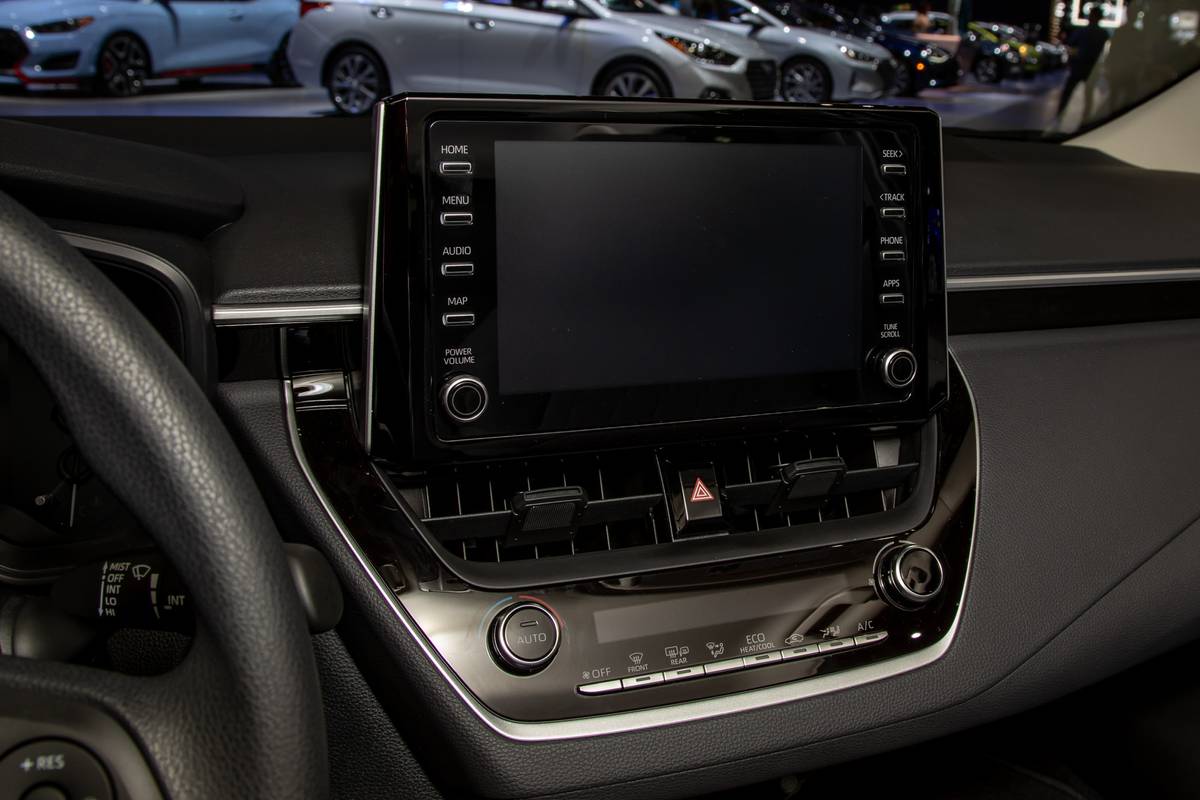
Cabin Storage: Sentra
Cabin design needs to make the most of the available space, and that’s especially true in a compact sedan where there’s less room to work with than in a larger vehicle. Neither of these cars is as innovative as the Honda Civic with its large console storage area, but the Sentra does a better job giving you space for your stuff with its larger storage bin under the front center armrest and better-positioned cupholders alongside the gear selector.
- ${price_badge()}
- ${ami_badge()}
- ${battery_badge()}${ev_report_link()}
- ${hot_car_badge()}
- ${award_badge()}
- ${cpo_badge()}
${price_badge_description}
${ami_badge_description}
The EV Battery Rating is based on this vehicle's current expected range relative to the vehicles expected range when new. ${battery_badge_text}
Certified cars are manufacturer warrantied and typically go through a rigorous multi-point inspection.
This car is likely to sell soon based on the price, features, and condition.
${award_blurb}
${award_two_blurb}
Shop the 2019 Nissan Sentra near you


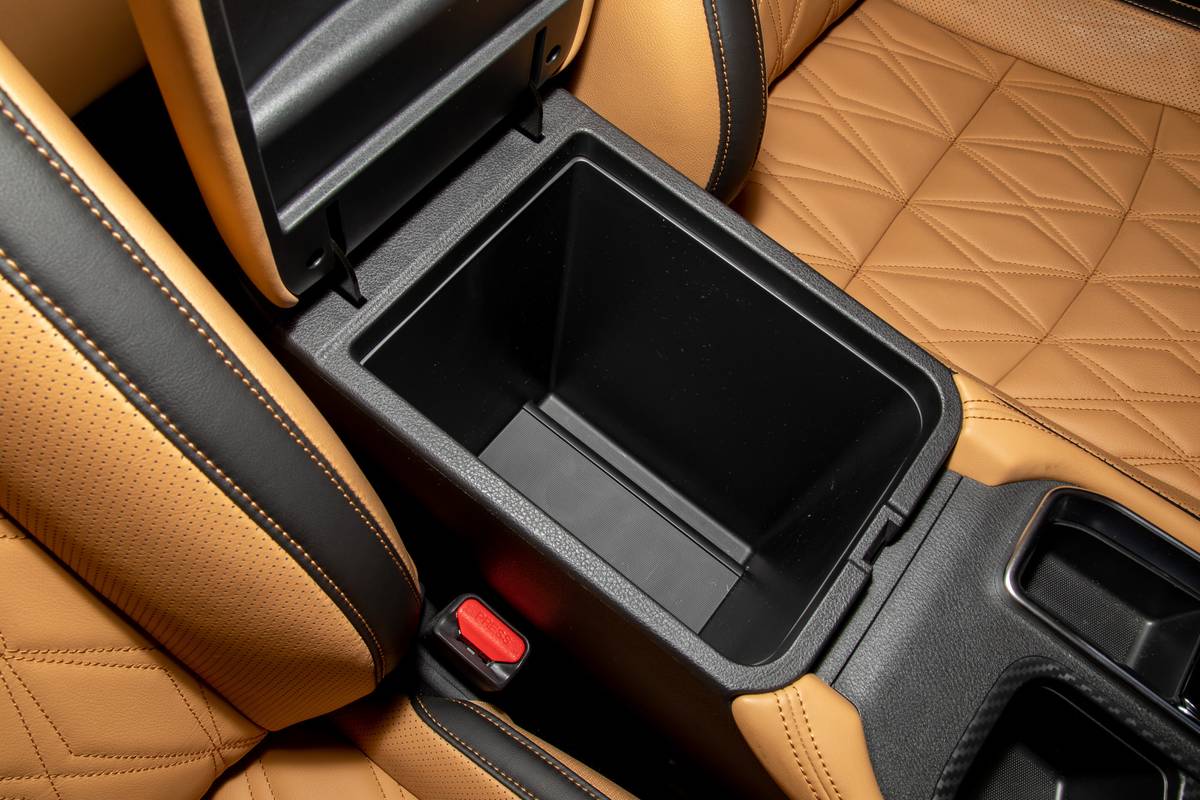
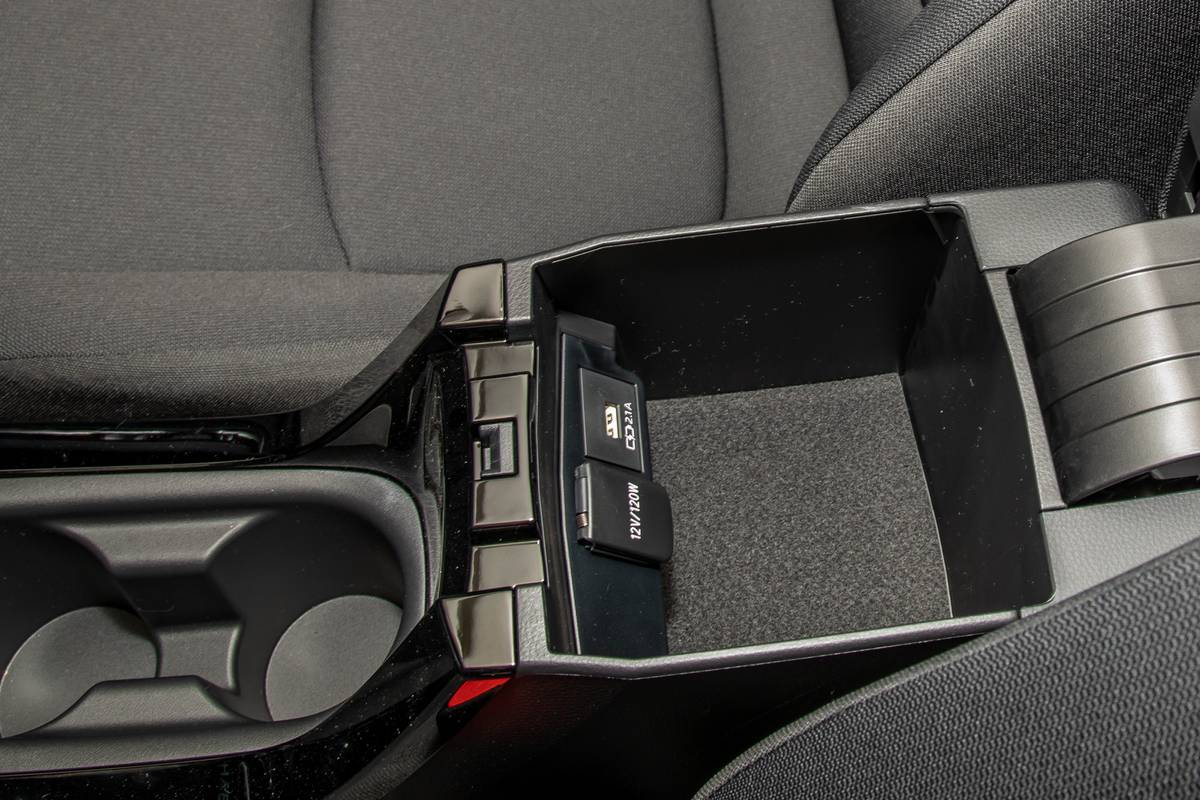
Backseat Comfort: Sentra
As compact cars have gotten bigger over the years, their rear seats have become more accommodating. Both the 2020 Sentra and 2020 Corolla can carry taller adults in the front and rear seats at the same time, but the Nissan has a slight edge in backseat comfort thanks to a bit more observed legroom than the Toyota. Otherwise, the two cars’ rear seats are quite similar, with short seat cushions and adequate headroom.
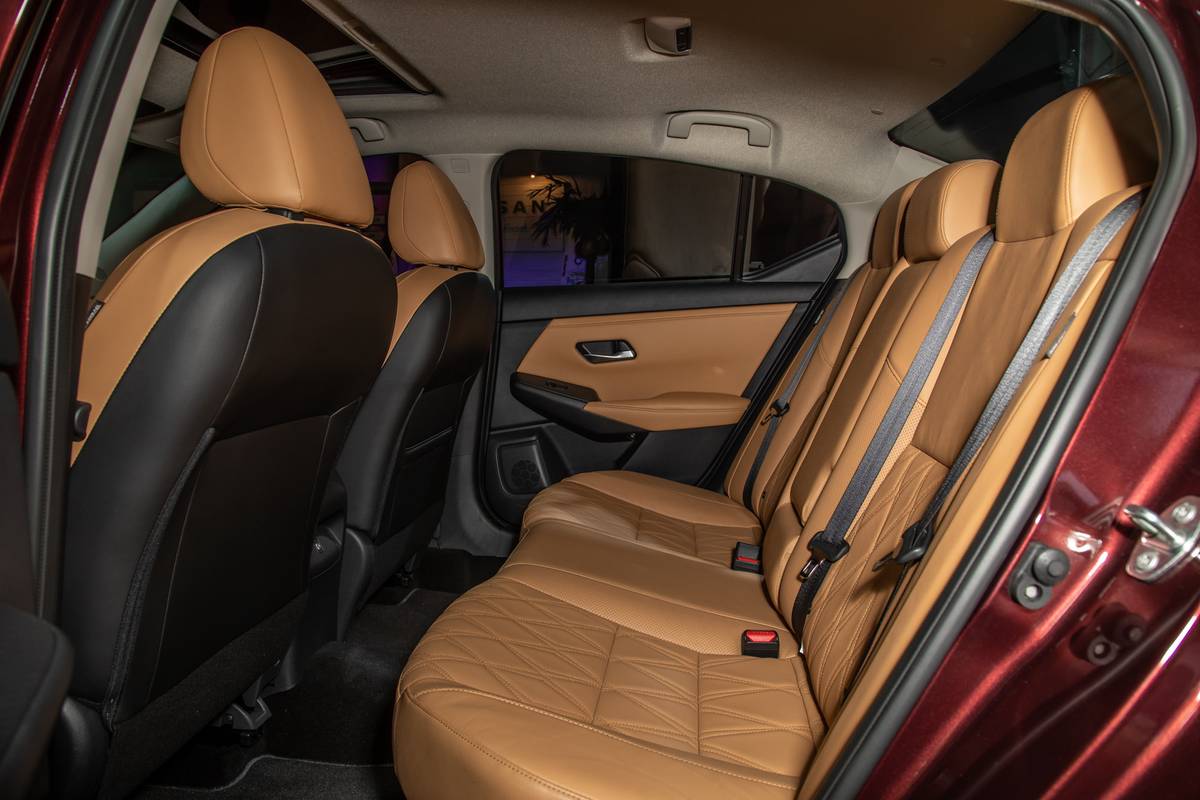
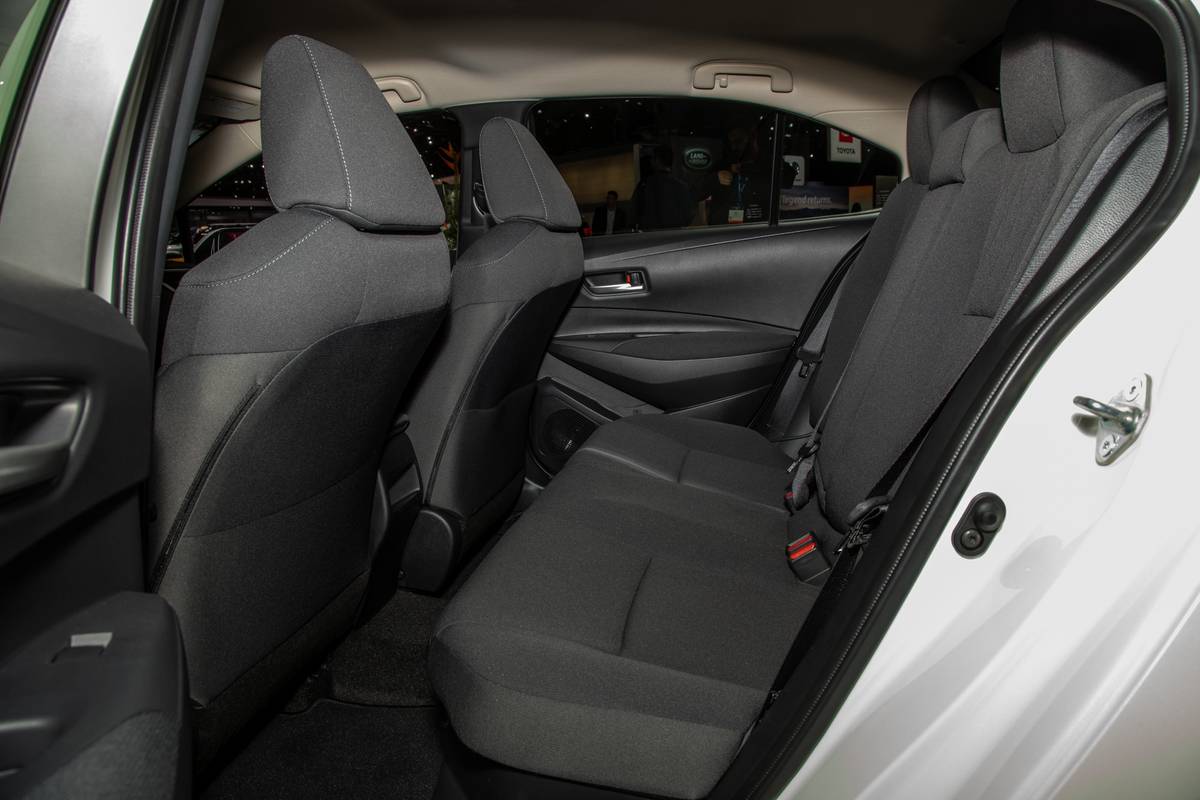
More From Cars.com:
- 2020 Nissan Sentra: Taking a Stand for Sedans
- 2020 Nissan Sentra Brings Altima Looks to Compact Class
- 2020 Toyota Corolla Sedan Snags Hatch Looks, Leaves Powertrains
- 2020 Toyota Corolla Review: Hatchback-Nice With a Trunk and Real Backseat
- Shop for a New 2020 Toyota Corolla
Active-Safety Features: Corolla
Active-safety features have trickled down to mainstream compact cars like the Sentra and Corolla. Both models have standard forward collision warning with automatic emergency braking, lane departure warning and automatic high-beam headlights, but the list of features differs from there, with the Sentra featuring mainly advanced-warning technology while the Corolla’s additional safety systems take a more active role in the driving experience.
Additional Sentra standard features include blind spot warning (optional on the Corolla), a driver drowsiness monitor and rear door alert. It also has standard reverse automatic braking, something the Corolla doesn’t offer.
The 2020 Corolla gets standard adaptive cruise control (optional on the Sentra) and lane keep assist (not offered on the Sentra). Continuously variable automatic transmission-equipped Corollas, which represent most trims including the base version, include a stop-and-go function for the adaptive cruise control as well as lane-centering steering down to a stop — a rare feature in this class.
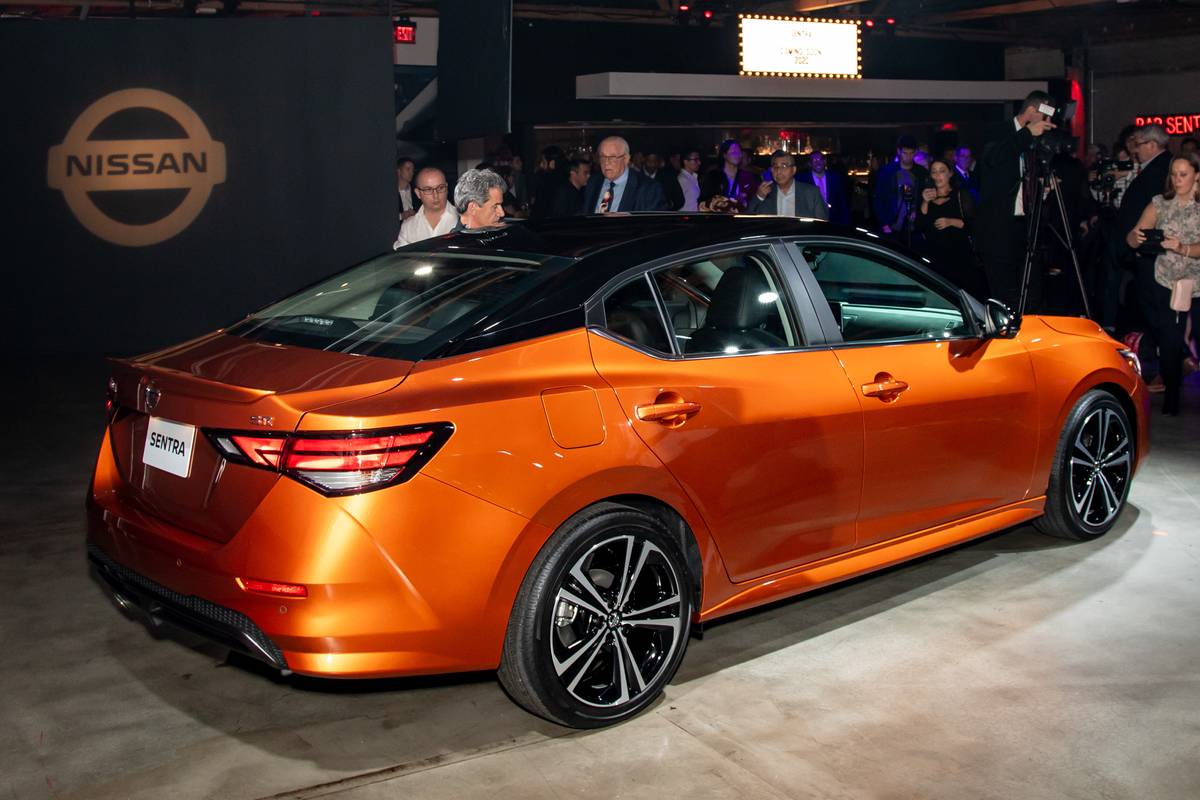
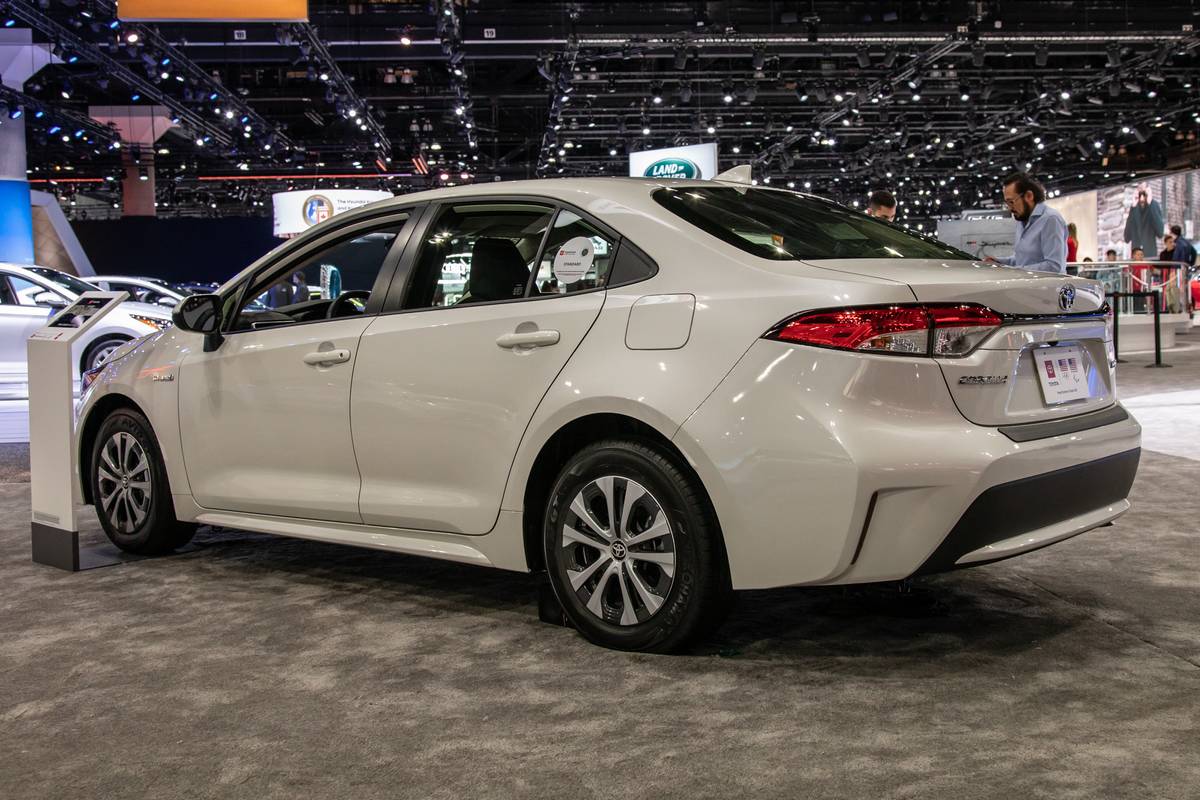
We’ve already spent a lot of time in the 2020 Corolla and its new-for-2020 sibling, the Corolla Hybrid, and have been impressed with their fuel efficiency and how they drive. Our first opportunity to drive the 2020 Sentra is coming up, so we’ll soon be able to see how it measures up on the road against the Corolla and the rest of the compact sedan field.
Cars.com’s Editorial department is your source for automotive news and reviews. In line with Cars.com’s long-standing ethics policy, editors and reviewers don’t accept gifts or free trips from automakers. The Editorial department is independent of Cars.com’s advertising, sales and sponsored content departments.

Mike Hanley has more than 20 years of experience reporting on the auto industry. His primary focus is new vehicles, and he's currently a Senior Road Test Editor overseeing expert car reviews and comparison tests. He previously managed Editorial content in the Cars.com Research section.
Featured stories
